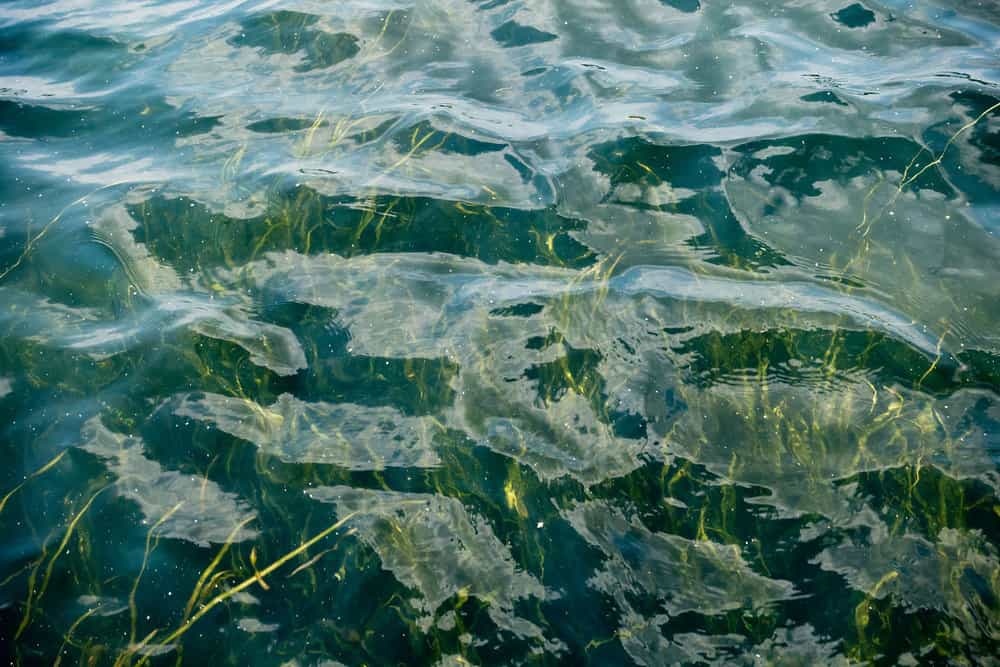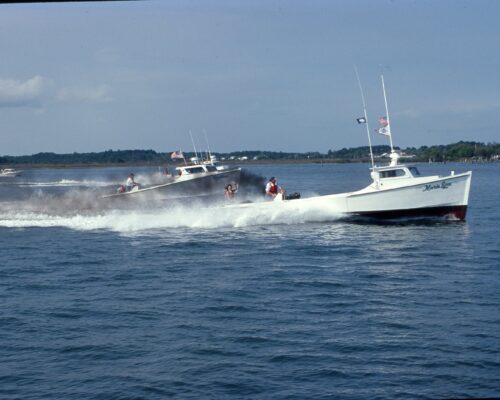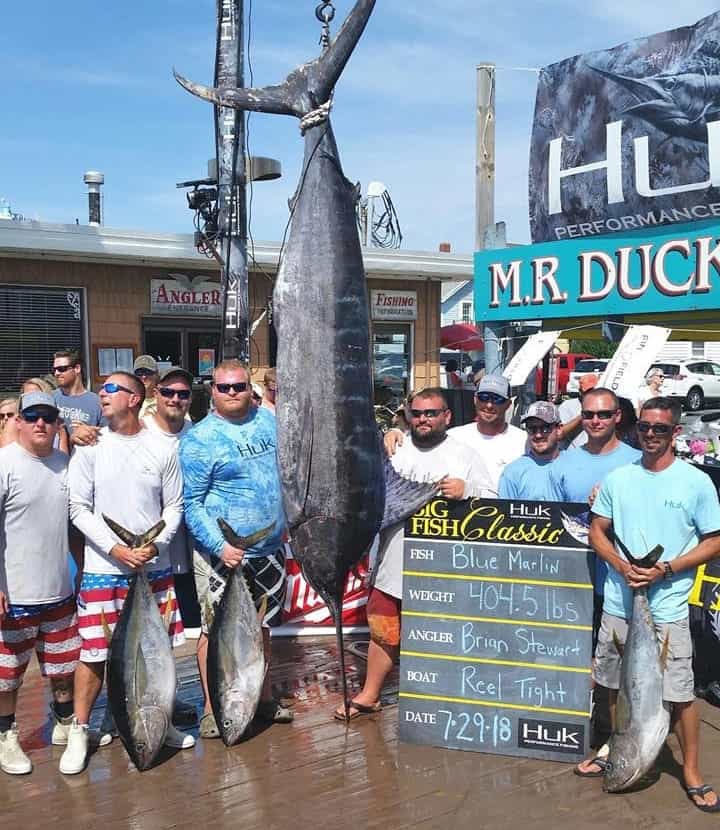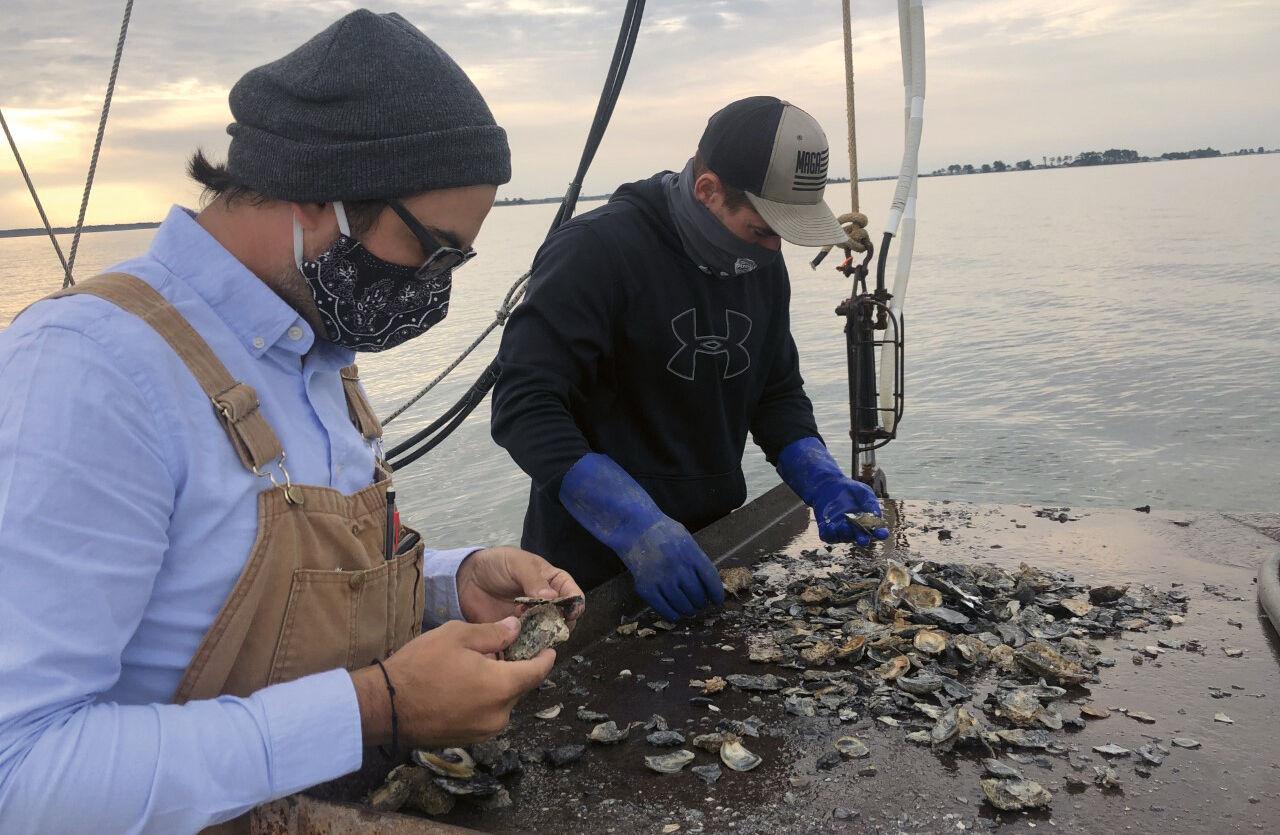Nine months after the Bay’s wettest fall on record, the negative consequences of all that rain are still coming to light.
Most recently, the forecast for this summer’s “dead zone” says the oxygen-poor zone will be one of the largest in history.
Ecologists from the University of Maryland Center for Environmental Science (UMCES) and the University of Michigan predict the dead zone will be worse because of the high river flows brought by the increased rainfall.
“The high flows observed this spring, in combination with very high flows late last fall, are expected to result in large volumes of hypoxic and anoxic water,” says UMCES’s Jeremy Testa, a co-author of the report.
Hypoxic (low oxygen) and anoxic ( no oxygen) areas happen when farm and wastewater runoff put excess nutrients into the waster, which causes algae blooms that choke crabs, oysters, and other fish. The Bay’s nitrogen load is especially problematic now. The U.S. Geological Survey finds the Susquehanna and Potomac Rivers sent tens of millions of pounds of nitrogen into the Bay. The Susquehanna’s nitrogen load was the highest it’s been since 2011.
This summer’s low-oxygen zone is expected to be about 2.1 cubic miles, and the no-oxygen zone is predicted to be between 0.49 and 0.63 cubic meters. These volumes are higher than average, and would be among the four largest dead zones in the past 20 years.
But the Maryland Department of Natural Resources (DNR) says despite last year’s remarkable rainfall, dissolved oxygen levels are improving in the long term. DNR will take water quality monitoring cruises twice a month, June through August, to track the Bay’s hypoxia. You can check results on DNR’s Eyes on the Bay website; click here.
-Meg Walburn Viviano




